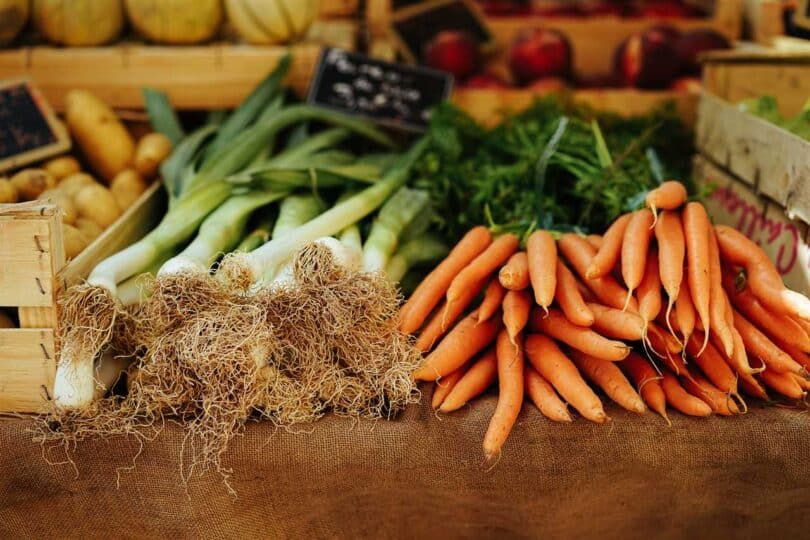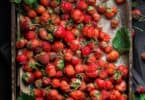Chefs have a secret ingredient when it comes to enhancing the flavor and efficiency of their cooking: mushrooms. These underappreciated fungi pack a punch in both taste and affordability.
But that’s not all. Chefs also emphasize the importance of knife skills, using strategic cuts to avoid unnecessary chopping.
And let’s not forget about the different cooking oils, with chefs recommending the use of oils with higher smoke points for bulk cooking.
With these tips and more, home cooks can elevate their culinary skills and create delicious, efficient meals.
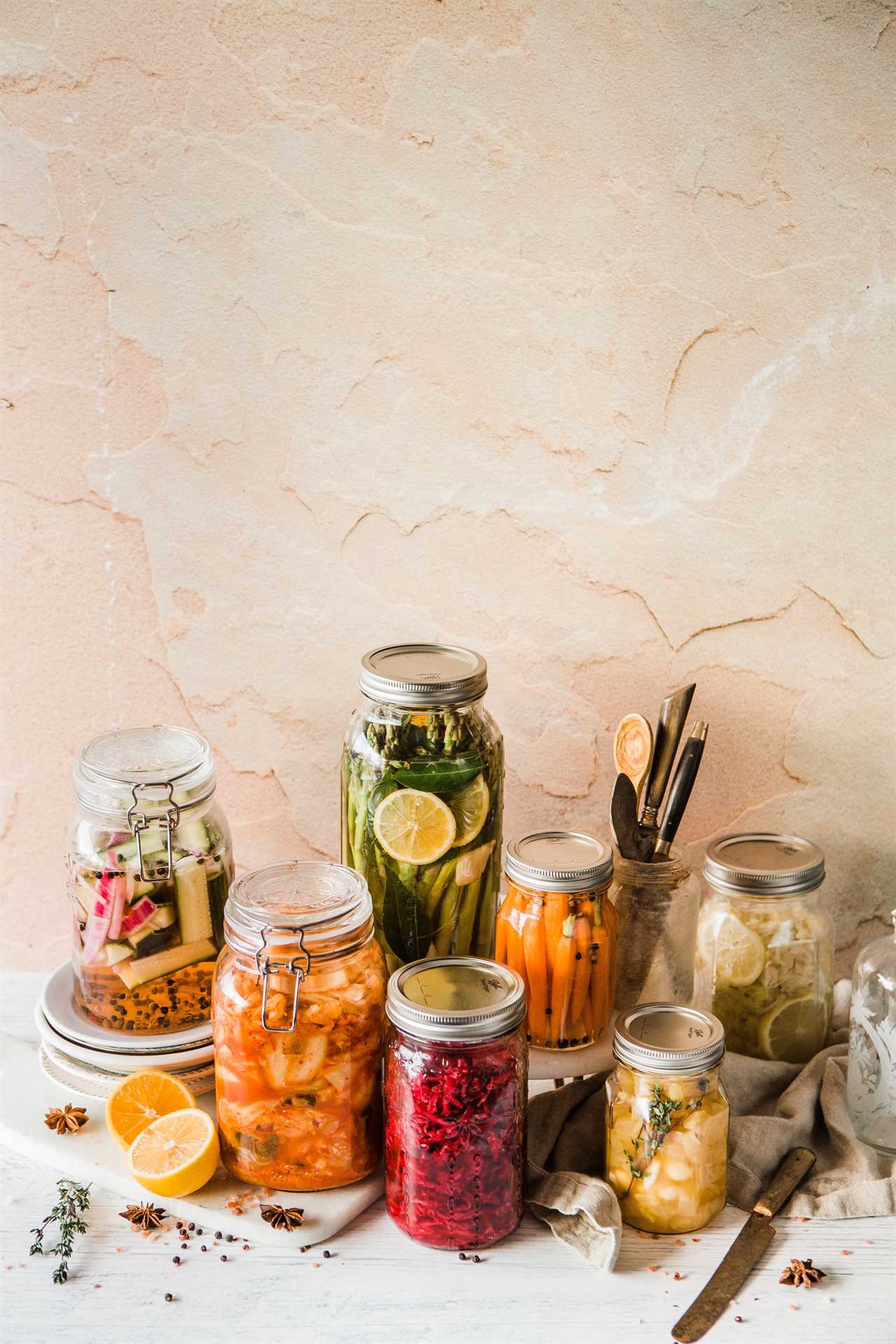
Key Takeaways
- White button mushrooms are often overlooked but can taste incredible and are a great deal at the supermarket.
- Chefs recommend working strategically with knives to make as few cuts as possible and avoid overusing them.
- Different oils like canola, grapeseed, or safflower have higher smoke points and are better for bulk cooking at high temperatures.
- Chefs emphasize organization and storage by using clear plastic containers, labeling leftovers with ingredient names and dates, and finding creative ways to use leftovers and reduce waste.
The Secret to Flavorful Mushroom Dishes
Chefs recommend using basic white mushrooms for flavorful dishes, as they are inexpensive and can taste incredible when cooked properly. These versatile fungi can be the star of the show in grilled mushroom recipes or used in classic Spanish mushroom preparations.
Grilling mushrooms brings out their natural earthy flavors, creating a smoky and savory profile that is sure to please any palate. Spanish mushroom preparations, such as sautéing them with garlic and olive oil or incorporating them into a rich paella, add depth and complexity to your dishes.
Whether you’re a vegetarian looking for a hearty meat alternative or simply want to add a burst of umami to your meals, basic white mushrooms are a fantastic choice. So fire up the grill or grab a pan, and let these mushrooms work their magic in your kitchen.
Mastering Knife Skills for Efficient Cooking
Home cooks often make the mistake of overusing their knives, but working strategically and minimizing cuts can improve their efficiency in the kitchen. Chefs recommend selecting the right knife for the task at hand to make the process smoother. A chef’s knife is versatile and can handle a variety of cutting tasks, while a paring knife is perfect for intricate work like peeling or deveining. Maintaining the knives is also crucial for optimal performance. Regularly sharpening the blades and honing them before each use ensures clean, precise cuts. Additionally, proper storage, such as using a knife block or magnetic strip, helps protect the blades from damage. By selecting the appropriate knife and maintaining it properly, home cooks can enhance their cooking experience and enjoy the freedom of effortlessly preparing delicious meals.
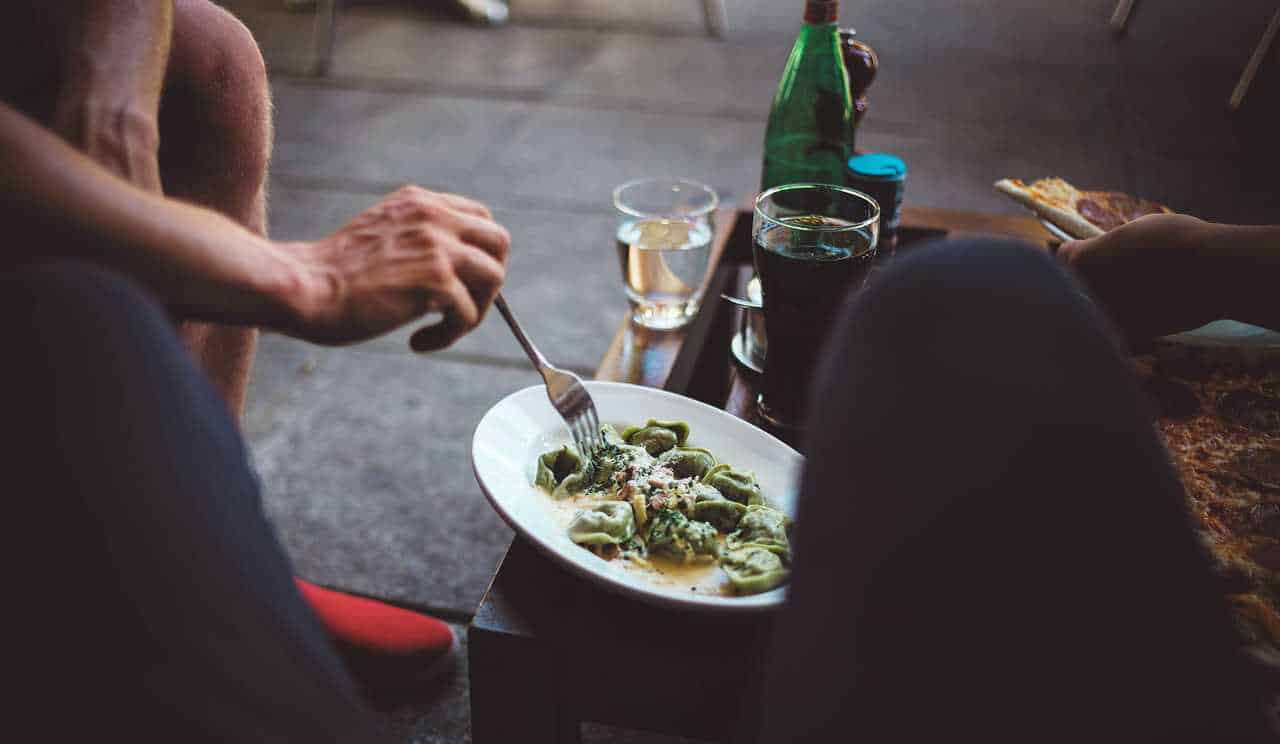
| Knife Selection | Knife Maintenance |
|---|---|
| Chef’s Knife | Regular Sharpening |
| Paring Knife | Honing Before Use |
| Proper Storage |
Exploring Different Cooking Oils for Delicious Results
Using a variety of cooking oils can enhance the flavor and texture of dishes, allowing for delicious results in the kitchen. When it comes to choosing the right oil, there are a few options to consider.
Canola oil, for example, offers numerous benefits. With its high smoke point, it is perfect for high-temperature cooking methods like frying and stir-frying. It also has a neutral flavor, making it versatile for a wide range of dishes.
On the other hand, grapeseed oil and safflower oil are also popular choices. Grapeseed oil has a mild flavor and a high smoke point, making it ideal for sautéing and grilling. Safflower oil, with its light and clean taste, is often used in salad dressings and baking.
Whether you’re looking for a neutral oil or one with a distinct flavor, incorporating different cooking oils into your culinary repertoire can elevate your dishes to new heights of deliciousness.
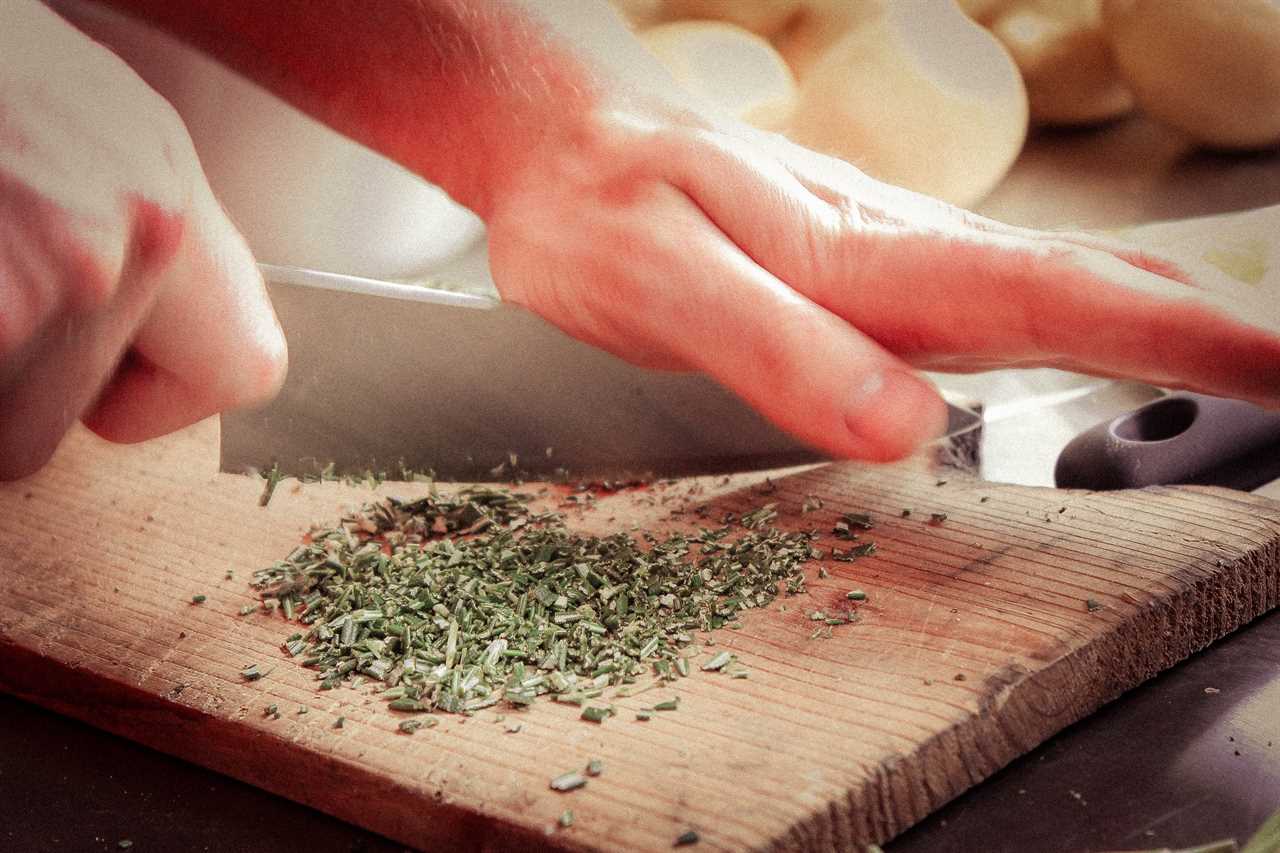
Organization Tips for a Well-Stocked Kitchen
Labeling containers with clear descriptions and dates is a common practice for maintaining an organized and well-stocked kitchen. It not only helps you find ingredients quickly, but also maximizes storage and reduces food waste.
By labeling containers, you can easily identify what’s inside without having to open each one, saving you time and effort.
Adding dates to the labels ensures that you use the oldest ingredients first, preventing them from going bad and reducing food waste.
Proper organization allows you to make the most of your kitchen space, utilizing every nook and cranny efficiently.

With a well-labeled and organized kitchen, you’ll have everything at your fingertips, making cooking a breeze. Plus, you’ll be able to keep track of ingredients, reducing the chance of them getting forgotten and going to waste.
Essential Kitchen Gadgets and Tools Recommended by Chefs
Clear plastic containers, painters tape, and a Sharpie are essential tools recommended by chefs for maintaining an organized and well-stocked kitchen. These practical organization tools can save time and make cooking more efficient. By using clear plastic containers, chefs can easily see the ingredients stored inside, preventing any confusion or waste. Painters tape and a Sharpie allow chefs to label containers with ingredient names and dates, ensuring that everything is used before it spoils.
In addition to these essential tools, chefs also rely on other gadgets and tools that help them stay organized and save time in the kitchen. Here is a table showcasing some of these recommended items:
| Kitchen Gadgets and Tools | Description | Benefits |
|---|---|---|
| Mandoline Slicer | A kitchen tool used for slicing vegetables and fruits quickly and uniformly. | Saves time and ensures consistent slices. |
| Immersion Blender | A handheld blender used for pureeing soups and sauces directly in the pot. | Eliminates the need to transfer hot liquids to a traditional blender. |
| Instant-Read Thermometer | A thermometer used for checking the internal temperature of cooked foods. | Ensures food safety and prevents overcooking. |
Elevating Dishes With Mushroom Magic
After discussing essential kitchen gadgets and tools, it’s time to explore the magic of mushrooms and how they can elevate dishes to new levels of deliciousness.

Chefs have mastered cooking techniques and flavor pairings that bring out the best in these versatile fungi.
-
Sautéing: The earthy flavor of mushrooms intensifies when cooked in a hot pan with butter or oil, making them the perfect addition to pasta dishes or as a side to a juicy steak.
-
Roasting: By roasting mushrooms, their natural sweetness is enhanced, creating a caramelized and deeply rich flavor that can be used in risottos or as a topping for pizzas.
-
Pairing with herbs and spices: Mushrooms have a unique ability to absorb and complement the flavors of herbs and spices. Thyme, rosemary, garlic, and black pepper are popular choices that enhance the earthy taste.
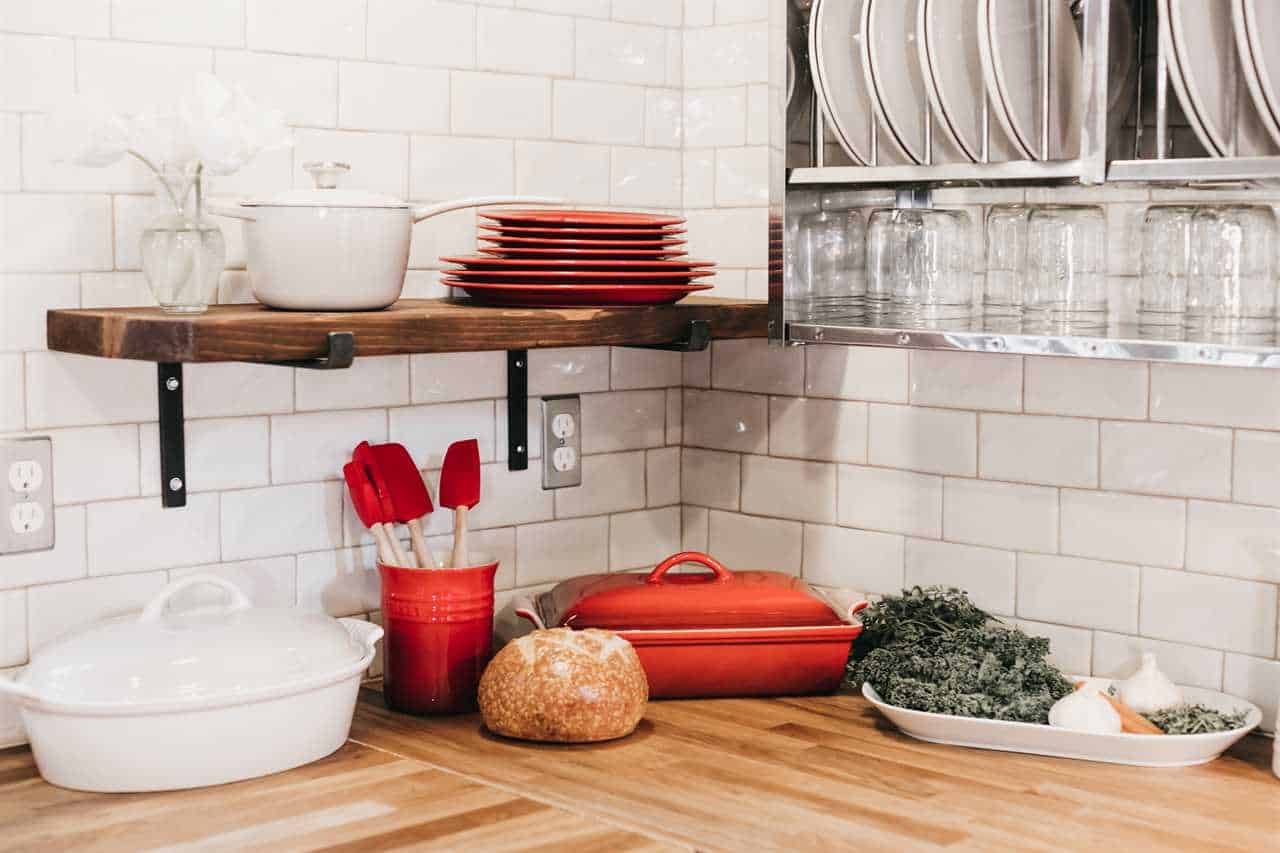
With these cooking techniques and flavor pairings, you can unlock the true magic of mushrooms and create dishes that will leave your taste buds begging for more.
Cutting Techniques to Save Time and Enhance Flavors
To save time and enhance flavors, home cooks can strategically use their knives and minimize cuts while preparing ingredients. By employing techniques like slicing onions and lining up herb needles, they can reduce the number of cuts needed and preserve the integrity of the ingredients. This not only saves time but also helps to maintain the natural flavors and textures of the food. Additionally, mastering sautéing techniques can elevate dishes to new heights. Sautéing mushrooms, for example, brings out their earthy flavors and adds a delicious caramelization. To further enhance the taste, home cooks can experiment with grilled mushroom recipes, which impart a smoky and robust flavor to the mushrooms. By incorporating these cutting techniques and sautéing methods, home cooks can create flavorful and efficient meals that are sure to impress.
| Cutting Techniques | Benefits |
|---|---|
| Slicing onions | Reduces the number of cuts needed |
| Lining up herb needles | Preserves the integrity of the ingredients |
| Strategic knife use | Saves time and enhances flavors |
Choosing the Right Oil for Perfectly Cooked Meals
After learning about cutting techniques to save time and enhance flavors, it’s time to dive into the world of cooking oils. Chefs know that choosing the right oil can make a huge difference in the taste and texture of a dish. While olive oil is commonly used for sautéing, there are other options worth exploring.
Here are some benefits and alternatives to consider:

-
Grapeseed oil benefits: This light and neutral oil has a high smoke point, making it ideal for high-temperature cooking. It’s also rich in vitamin E and omega-6 fatty acids, which are beneficial for heart health.
-
Safflower oil alternatives: Like grapeseed oil, safflower oil has a high smoke point and a mild flavor. It’s a great substitute for those with allergies to other oils and can be used in a variety of dishes, from stir-fries to salad dressings.
Maximizing Efficiency With Smart Kitchen Organization
Smart kitchen organization is key to maximizing efficiency and streamlining the cooking process. By implementing smart storage solutions, home cooks can make the most of their pantry space and save valuable time in the kitchen.
One way to achieve this is by using clear plastic containers, painters tape, and a Sharpie to label ingredients and leftovers. This not only helps with organization but also ensures that ingredients are used before they go bad, reducing waste.
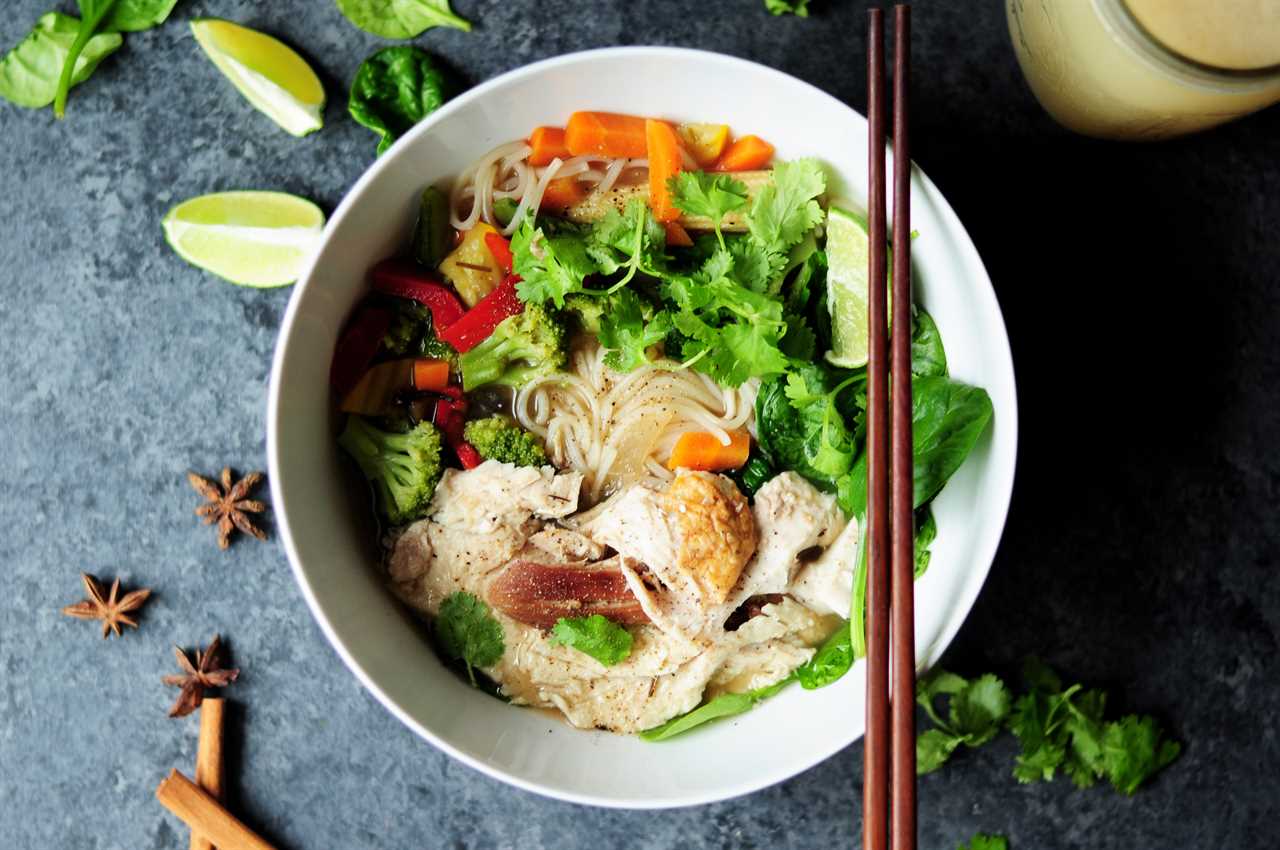
Another smart storage solution is to use vertical space by installing shelves or hanging racks to store pots, pans, and utensils. This frees up valuable countertop and cabinet space, making it easier to find and access the tools needed for cooking.
Must-Have Tools for Tasty, Efficient Cooking
Clear plastic containers, painters tape, and a Sharpie are essential tools in a well-equipped kitchen. These tools help with organization and labeling of ingredients, allowing for efficient and tasty cooking.
But when it comes to exploring mushroom varieties and maximizing flavors with herbs and spices, there are a few more must-have tools that can elevate your culinary creations.
-
Mushroom Brush: A soft-bristled brush is perfect for cleaning delicate mushrooms without damaging their texture. This tool ensures that you remove any dirt or debris while preserving the mushroom’s natural beauty.
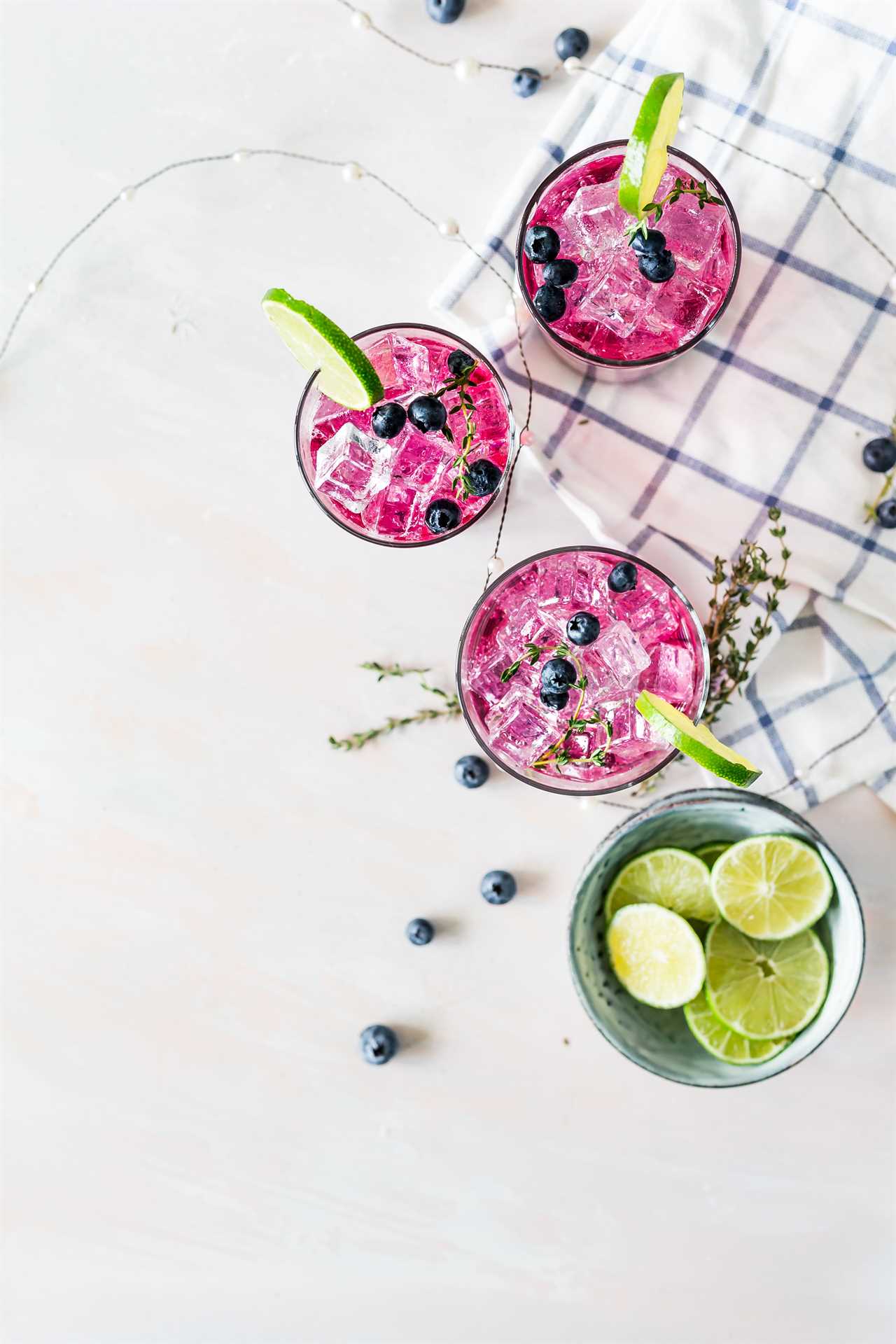
-
Herb Stripper: This handy gadget makes quick work of removing herb leaves from their stems. It saves time and allows you to maximize the use of fresh herbs, adding a burst of flavor to your dishes.
-
Spice Grinder: Freshly ground spices can take your recipes to the next level. A spice grinder allows you to create custom spice blends, unlocking a world of exciting flavors.
With these tools at your disposal, you can unleash your creativity in the kitchen, exploring new mushroom varieties and maximizing flavors with herbs and spices. Enjoy the freedom to experiment and create delicious meals that will impress your family and friends.
Frequently Asked Questions
What Are Some Creative Ways to Incorporate Mushrooms Into Dishes?
Creative mushroom recipes can bring a burst of flavor to any dish. Chefs have mastered the art of enhancing the taste of mushrooms in various ways.

From stuffed mushrooms to creamy mushroom risotto, the possibilities are endless. Sauteing mushrooms with garlic and herbs or adding them to pasta sauces can also elevate the overall flavor profile.
Whether used as a main ingredient or a delicious accompaniment, mushrooms have the power to transform ordinary dishes into culinary masterpieces.
How Can I Improve My Knife Skills to Be More Efficient in the Kitchen?
Improving knife skills is essential for efficiency in the kitchen. Like a skilled artist with a brush, a cook with sharp knife skills can create culinary masterpieces.
To enhance knife skills, one must focus on safety techniques such as proper grip and angle. Strategic cutting techniques, like slicing onions and aligning herb needles, can minimize cuts and increase speed.

Are There Any Oils Besides Olive Oil That Are Commonly Used in Cooking?
Alternative cooking oils are commonly used in cooking besides olive oil. Chefs often opt for oils like canola, grapeseed, or safflower for bulk cooking due to their higher smoke points. These oils help create a nice browned crust without excessive oil absorption.
While olive oil is commonly used for sautéing, chefs save high-quality olive oil for finishing dishes or drizzling over food, as it adds extra flavor. Each oil has its own unique health benefits, making it important to choose wisely when cooking.
What Are Some Tips for Organizing and Storing Leftovers in the Kitchen?
When it comes to organizing and storing leftovers, there are a few tips that can help prevent food waste.
First, labeling and dating containers is key to keeping track of what’s inside. This ensures that nothing gets forgotten and helps you use them before they go bad.
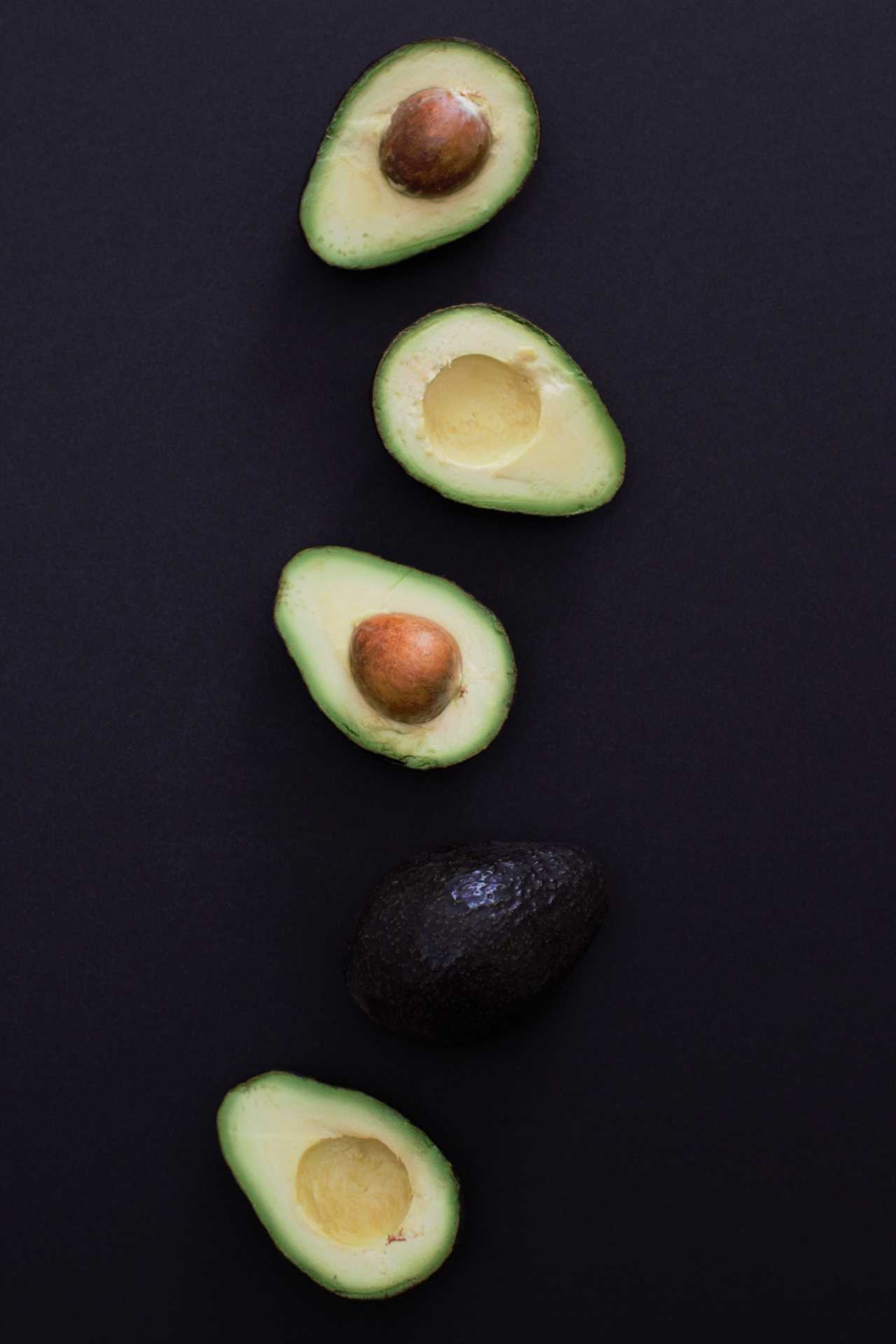
Additionally, incorporating leftovers into new dishes, like using wilting herbs in soups or half-finished blocks of cheese in casseroles, is a great way to stretch ingredients and reduce waste.
Are There Any Specific Kitchen Gadgets or Tools That Chefs Recommend for Efficient Cooking?
Chefs recommend practical kitchen gadgets and cooking utensils for efficient cooking. They prioritize tools that help with organization and labeling of ingredients. Some examples of these tools include clear plastic containers, painters tape, and a Sharpie. These tools make it easy to store and identify leftovers, reducing waste.
Chefs also emphasize the use of practical tools over specialty gadgets. This is because practical tools can help stretch ingredients and incorporate odds and ends into soups. By utilizing these tools, home cooks can enhance their efficiency in the kitchen.

